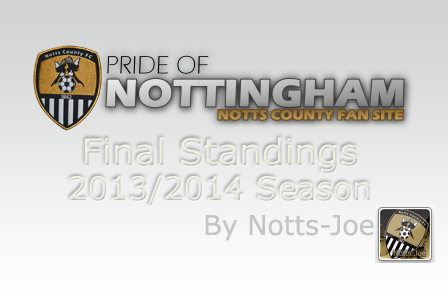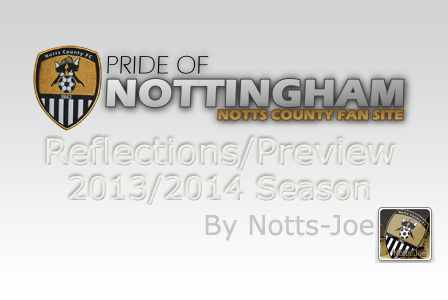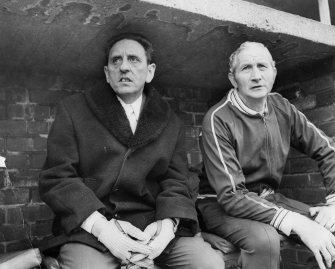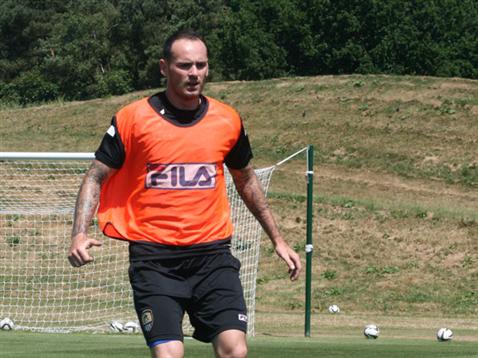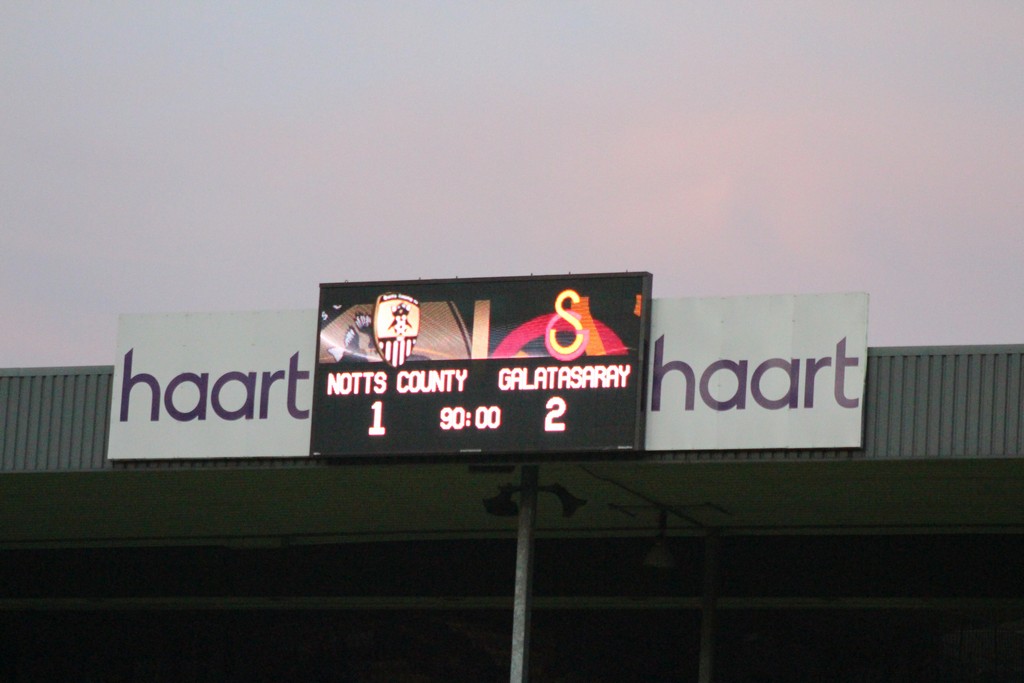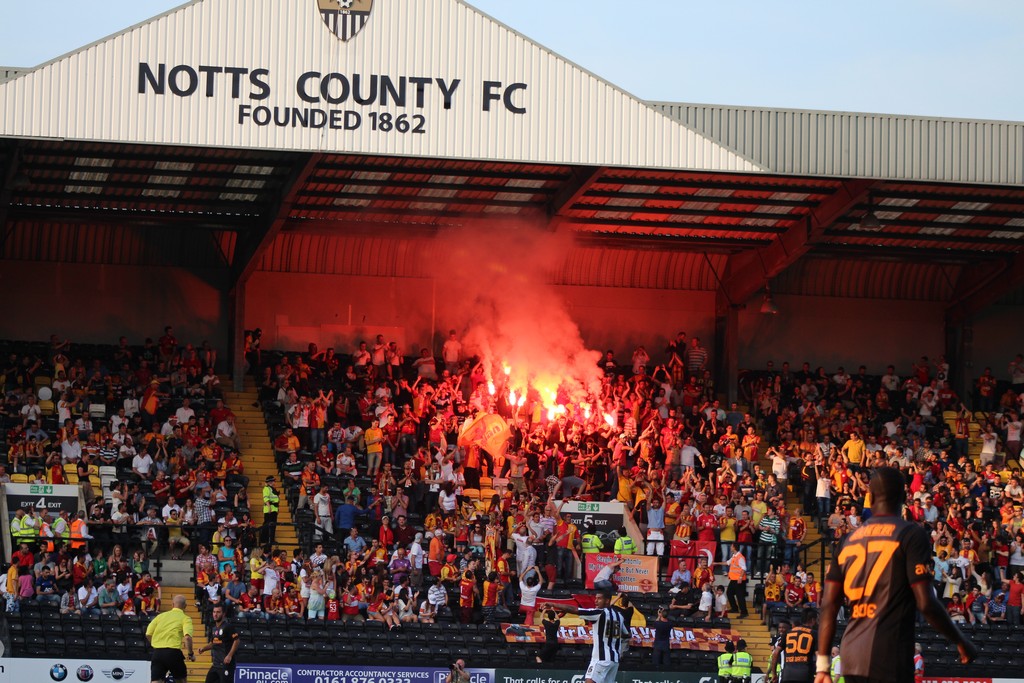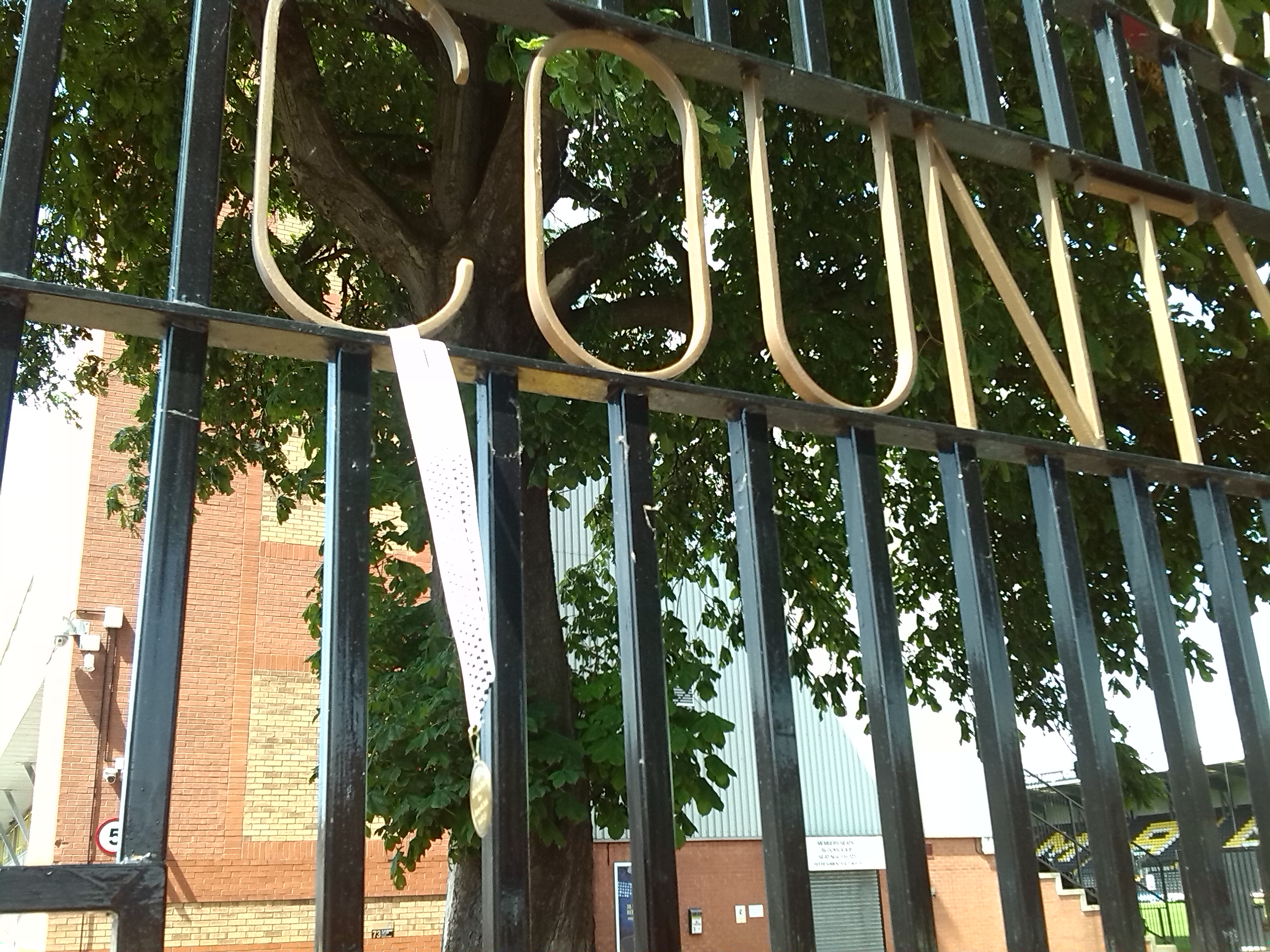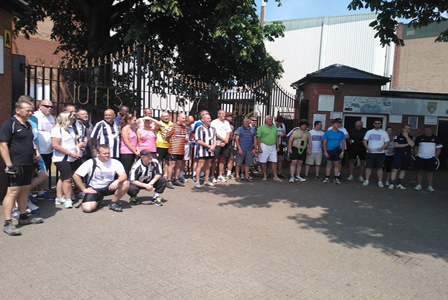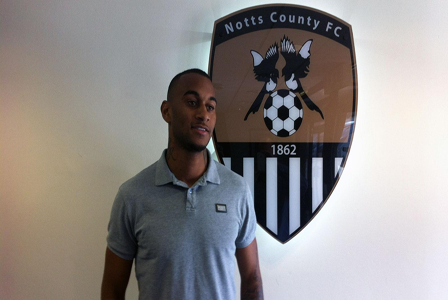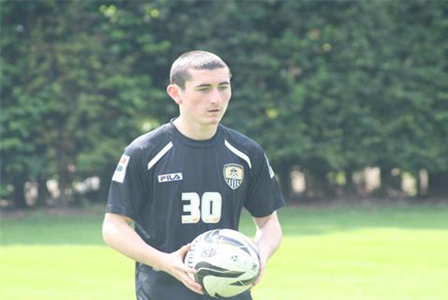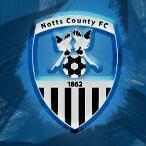
The lack of transfer activity at the start of the summer heightened concern, particularly when a discarded Aston Villa trainee in Malcolm Melvin and an unwanted journeyman in Andy Haworth became our first two signings - and the only two for a while.
But suddenly things changed. The arrival of striker Danny Haynes, and the belief Kiwomya and the fans have in him to go and do the business and be that missing marksman we so desired last term, had a lot to do with it.
But moreover, impressive performances in difficult pre-season fixtures against Galatasaray, Rayo Vallecano and Ipswich Town shifted lots of the gloom. As did the immediate scoring form of Haynes and more surprisingly Yoann Arquin. He who couldn't be arsed last season has returned from international duty on fire, scoring two absolute belters in his two pre-season appearances to earn draws with Vallecano and Ipswich.
Fellow new boys Mark Fotheringham, Mustapha Dumbuya and David Bell have looked assured, while the likes of Bartosz Bialkowski, Dean Leacock and Gary Liddle have picked up where they left off last season - in resolute mode.
Suddenly our first eleven - which for the season's opener with Sheffield United should, for me, consist Bialkowski; Dumbuya, LIddle, Leacock, Sheehan; Labadie, Boucaud; Arquin, Campbell-Ryce, Bell; Haynes - looks a decent bet for a play-off push. And suddenly Kiwomya's work in the transfer market commands respect. Especially if he can continue to get out of Arquin the talent he clearly has on a regular basis.
Now everyone is looking at the Blades encounter - which has brought even greater excitement as it opens the entire new football season live on Sky Sports on Friday evening - with great optimism. It seems everyone thinks we will win.
I, too, am convinced we can get something at Bramall Lane - though most likely a point, which will definitely be a good one.
They are under new management, an untested, untried one at that, and will have suffered from great cutbacks after a second successive play-off failure.
But the Blades are too big a club to be down for too long and they, along with Wolves, Peterborough, Preston, Bristol City and last season's surprise package Brentford will contest the promotion battle. I also fancy MK Dons to rejuvenate and make a push.
As for Notts - I'm still not entirely sure. I've tried to work out an outcome during the course of this article but there are still too many question marks over many at the club.
Kiwomya, despite impressing me with his summer business - not least bringing in Mick Jones and Andy Watson to the backroom staff - remains very unproven. It is difficult to know how he will fare with a full gruelling campaign and the notably thin patience of Notts supporters.
Also, are the new boys going to be able to step up and replace proven senior players like Hughes, Judge and Bishop?
Can Haynes handle the expectation of being the leading man for the first time in his career?
There are more, not least how we will fare with one or two injuries as the back-up brigade certainly don't look up to it… in defence, Haydn Hollis, in midfield, Andy Haworth and up top, Enoch Showunmi and the woefully out of form Francois Zoko, inspire next to no confidence.
So for once I will stave off a Notts prediction, only to say it will no doubt be fun and games once again.

 We want to hear your thoughts on the thrilling 2-1 victory against
We want to hear your thoughts on the thrilling 2-1 victory against  Gillingham! Share your comments and join the conversation with fellow fans - your insights and passion are what make this community great!
Gillingham! Share your comments and join the conversation with fellow fans - your insights and passion are what make this community great!


